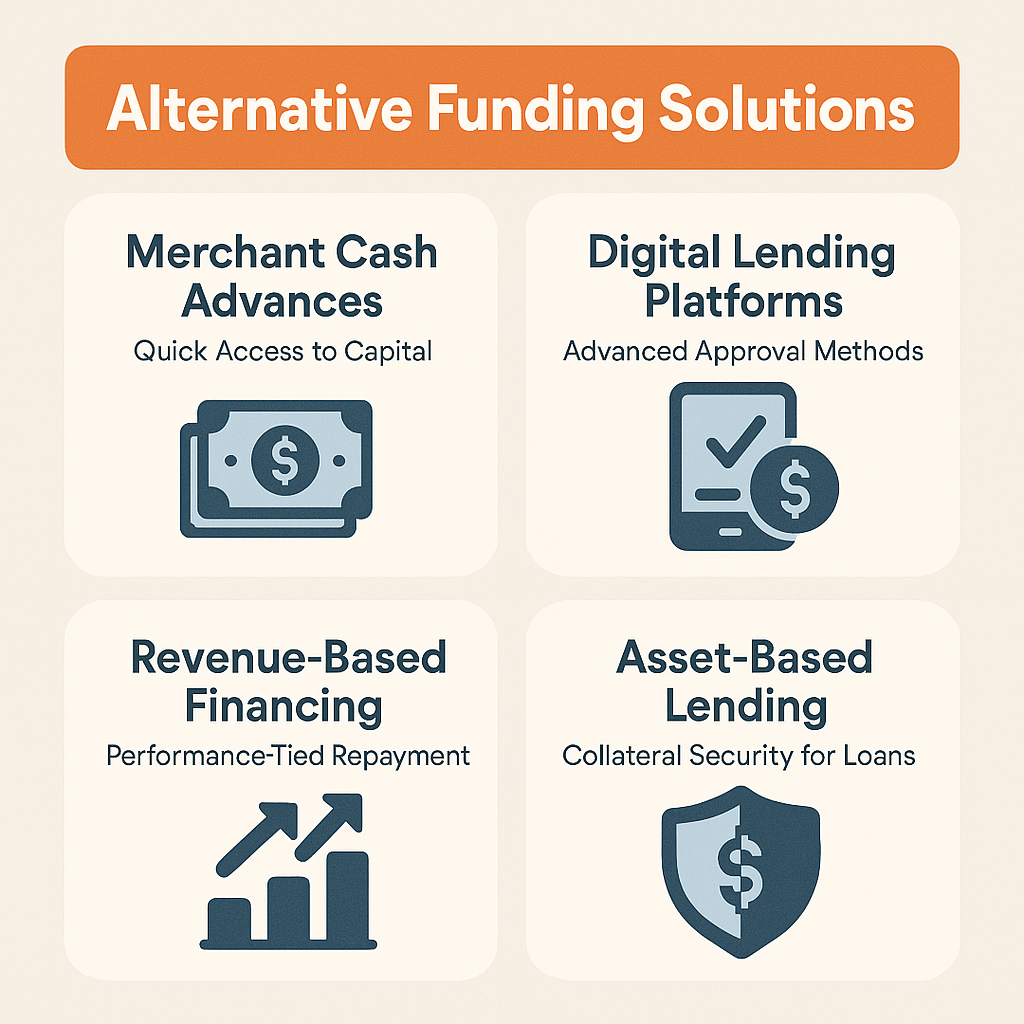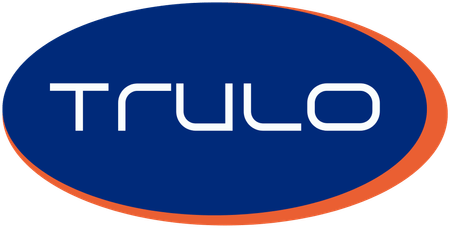Running a business in a high-risk industry presents unique challenges when seeking capital. Traditional banks often view these sectors as too risky, leaving business owners scrambling for alternatives. Understanding your funding options and compliance requirements can make the difference between growth and stagnation in these hard to fund sectors.
Understanding High Risk Industry Funding Challenges
High risk industry funding requires navigating a complex landscape where traditional financing often falls short. Banks typically categorize certain sectors as high-risk due to regulatory scrutiny, higher chargeback rates, or volatile cash flows. These industries include adult entertainment, gambling, debt collection, cryptocurrency, and certain healthcare sectors.
The challenge extends beyond simple rejection. Even when funding becomes available, businesses in these sectors face higher interest rates, stricter terms, and extensive documentation requirements. Credit challenges compound these issues, as many high-risk businesses operate with limited credit history or face industry-specific financial patterns that don't align with traditional lending criteria.
Alternative Funding Solutions for Hard to Fund Sectors

Alternative lenders have emerged as viable solutions for businesses facing traditional funding barriers. These financing options offer more flexibility and understanding of unique industry needs.
- Merchant Cash Advances: Provide quick access to capital based on future sales rather than credit scores, making them ideal for businesses with strong revenue but limited credit history
- Digital lending platforms: Use advanced algorithms and risk assessment tools to evaluate applications, often approving businesses that traditional banks reject
- Revenue-based financing: Offers repayment terms tied to business performance, reducing pressure during slower periods common in high-risk industries
- Asset-based lending: Leverages business assets as collateral, providing security for lenders while offering competitive rates to borrowers
Risk Pricing and Compliance Considerations
Successful funding in high-risk industries requires understanding how lenders approach risk pricing and maintaining strict compliance standards.
- Demonstrate financial stability: Maintain detailed financial records, show consistent revenue streams, and provide transparent reporting to justify favorable risk pricing
- Implement robust compliance programs: Stay current with industry regulations, sanctions requirements, and anti-money laundering protocols to reduce perceived risk
- Build strong banking relationships: Work with financial institutions experienced in your industry who understand sector-specific challenges and opportunities
- Prepare comprehensive applications: Include detailed business plans, risk mitigation strategies, and compliance documentation to present your business as a well-managed investment
High risk industry funding remains challenging but not impossible. By understanding your options, maintaining compliance, and working with experienced alternative lenders, you can secure the capital needed to grow your business. The key lies in presenting your company as a well-managed operation that understands and mitigates industry-specific risks while leveraging the flexibility of modern financing solutions.

.png)

.svg)





